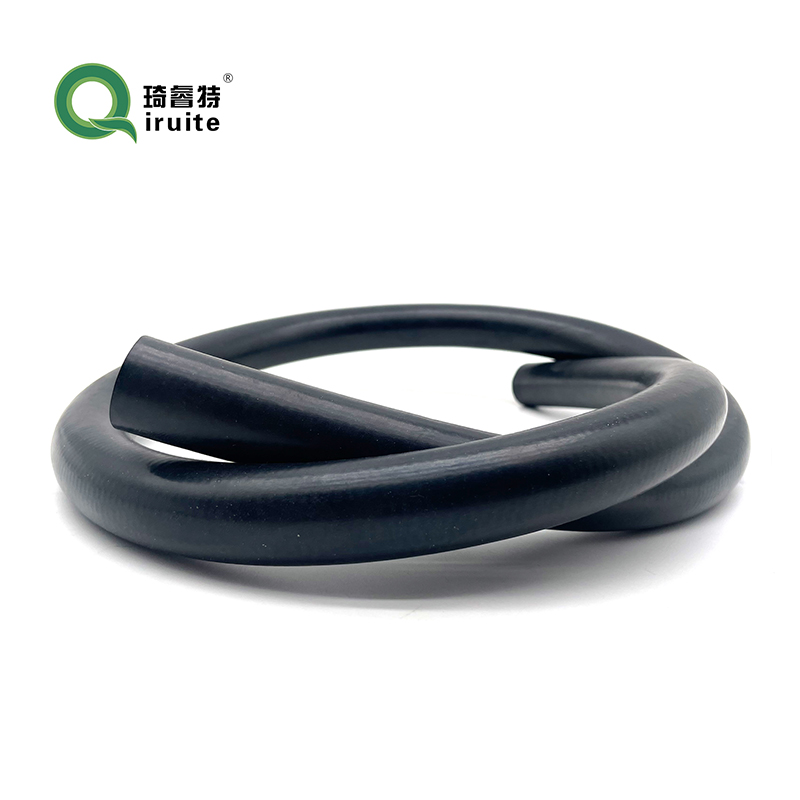Understanding Brake Fluid Tubes and Their Importance in Vehicle Maintenance
The Importance of Brake Fluid Tubes Ensuring Safety on the Road
When it comes to vehicle safety, the brake system plays a crucial role, and one of its unsung heroes is the brake fluid tube. Often overlooked during routine maintenance checks, this component is vital for the effective functioning of the braking system. Understanding the role of brake fluid tubes, their maintenance, and potential issues can significantly impact vehicle safety and performance.
What Are Brake Fluid Tubes?
Brake fluid tubes, also known as brake lines, are essential parts of a vehicle’s hydraulic brake system. They are designed to transport brake fluid from the master cylinder to the brake calipers at each wheel. This fluid is responsible for transmitting the force you exert on the brake pedal directly to the brake pads, which then clamp down on the brake discs, slowing or stopping the vehicle. The integrity of brake fluid tubes is paramount because any leaks or damage can severely compromise the braking effectiveness.
Materials and Construction
Brake fluid tubes are typically made from various materials, including rubber, braided steel, and copper. Rubber hoses are common in many vehicles due to their flexibility and ease of installation; however, they can deteriorate over time due to age, heat, and exposure to contaminants. Braided steel hoses are often favored for high-performance vehicles as they resist expansion under pressure, providing a firmer brake pedal feel and enhancing responsiveness.
Regardless of the material, brake fluid tubes must withstand significant pressure—often exceeding 1,000 pounds per square inch—when the brakes are applied. This requirement means that regular inspections are necessary to ensure their integrity.
Signs of Brake Fluid Tube Issues
Awareness of the symptoms indicating potential brake fluid tube issues is crucial for any driver. The most common signs include
brake fluid tube

1. Brake Pedal Feel If the brake pedal feels spongy or sinks to the floor, this could indicate a fluid leak in the brake lines. Immediate inspection is recommended. 2. Fluid Leaks Visible fluid stains under the vehicle can be a sign of a leaking brake line. If the brake fluid is leaking, it can lead to a significant decrease in braking efficiency.
3. Brake Warning Light Many modern vehicles are equipped with warning lights on the dashboard that will illuminate if there is an issue with the brake system, including problems with the brake fluid tubes.
4. Strange Noises Any unusual hissing or grinding noises while braking may also indicate a problem with the braking system, warranting a thorough check.
Maintenance and Replacement
Routine maintenance is essential to keeping brake fluid tubes functioning optimally. Vehicle owners should regularly inspect brake lines for any signs of wear, cracking, or corrosion. It’s also important to change brake fluid as recommended by the manufacturer, as old fluid can absorb moisture and become less effective.
If a brake fluid tube is found to be damaged or showing signs of wear, it’s crucial to replace it immediately. This process involves safely elevating the vehicle, removing the damaged line, and replacing it with a new unit, making sure to properly bleed the brakes afterward to remove any air from the system.
Conclusion
In conclusion, the brake fluid tube is a vital component that significantly impacts vehicle safety. Understanding its function, recognizing the signs of potential issues, and adhering to a regular maintenance schedule can help ensure effective braking performance. Safe driving not only depends on skill and road awareness but also on the condition of one’s vehicle, making brake fluid tubes a critical focus for every responsible driver. Regular inspections and timely replacements can contribute to safer journeys and give drivers peace of mind on the road.
-
Ultimate Spiral Protection for Hoses & CablesNewsJun.26,2025
-
The Ultimate Quick-Connect Solutions for Every NeedNewsJun.26,2025
-
SAE J1401 Brake Hose: Reliable Choice for Safe BrakingNewsJun.26,2025
-
Reliable J2064 A/C Hoses for Real-World Cooling NeedsNewsJun.26,2025
-
Heavy-Duty Sewer Jetting Hoses Built to LastNewsJun.26,2025
-
Fix Power Steering Tube Leaks Fast – Durable & Affordable SolutionNewsJun.26,2025

